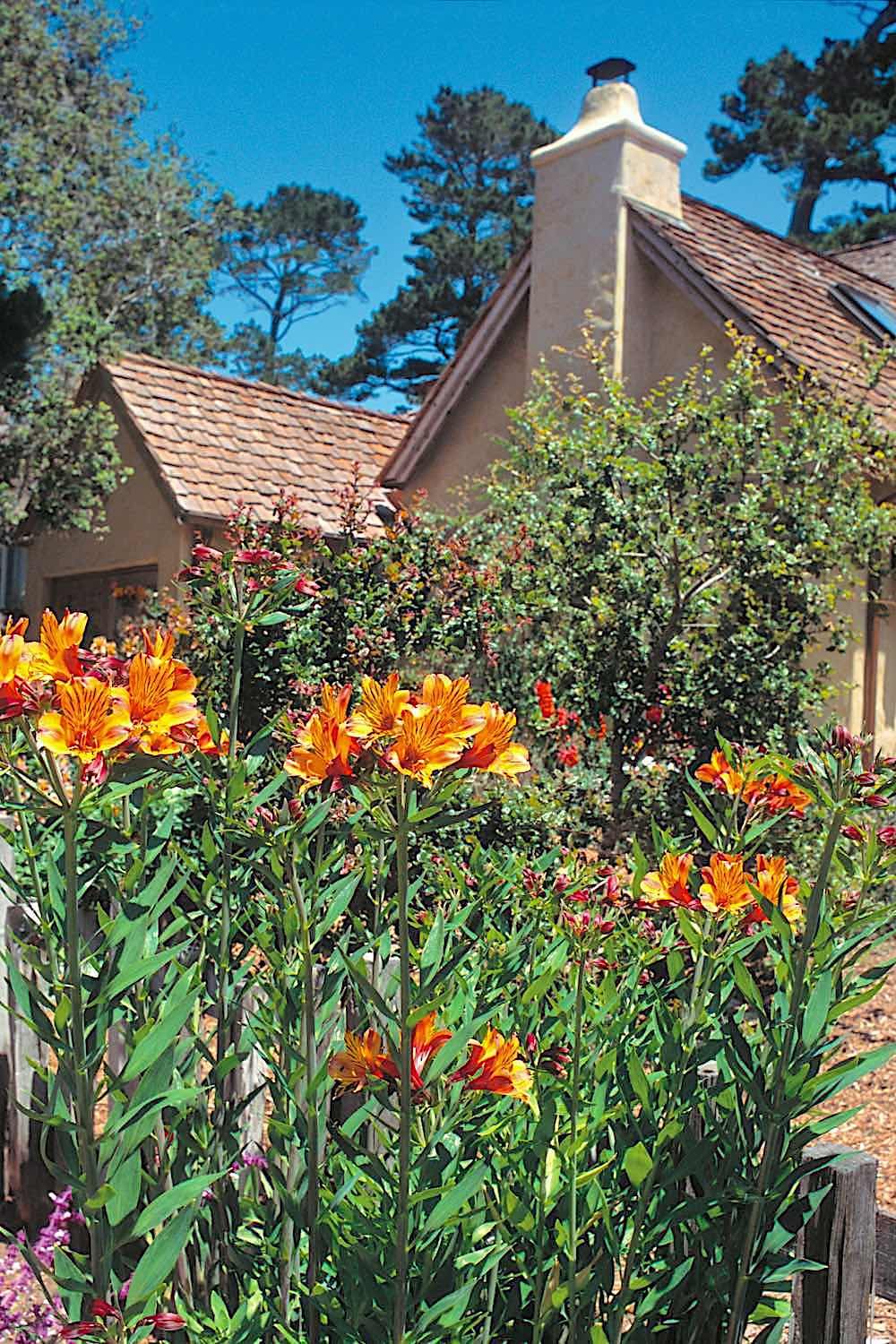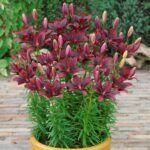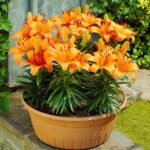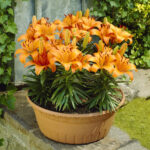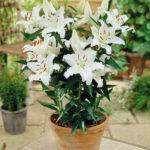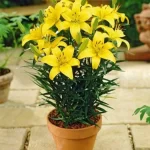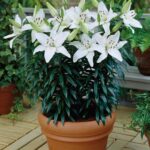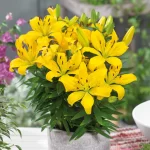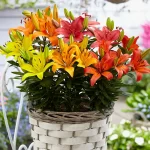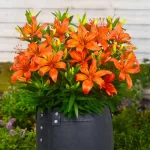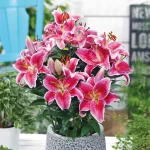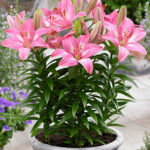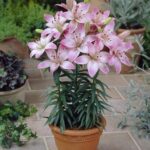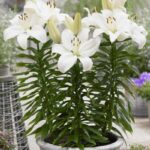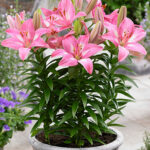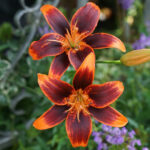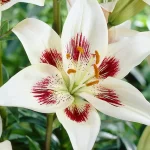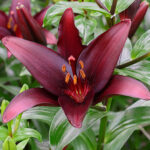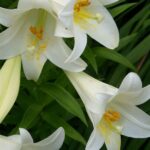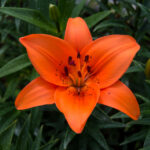Lilium, commonly known as lilies, are a popular and stunning addition to any garden or landscape. Their vibrant colors and elegant shape make them a favorite among many gardeners. If you’re looking to grow your own lilies, here are some tips to help you get started.
First, choose a suitable location for your lilies. Lilies prefer well-drained soil that is rich in organic matter. They also require full sun to thrive, so make sure to plant them in a spot that receives at least 6 hours of sunlight per day. Additionally, lilies prefer slightly acidic soil, so you may need to amend the soil with sulfur if your soil is too alkaline.
When planting lilies, make sure to dig a hole that is twice as deep as the height of the bulb. Place the bulb in the hole with the pointed end facing up, and cover it with soil. Space the bulbs at least 6 inches apart to allow for proper air circulation. Water the newly planted bulbs thoroughly to help them establish their roots.
Watering is crucial for the health of lilies, especially during the growing season. Lilies prefer consistently moist soil, so make sure to water them regularly, especially during dry spells. However, be careful not to overwater, as lilies are susceptible to root rot. To prevent this, consider using a soaker hose or drip irrigation system to provide even moisture.
Fertilizing lilies is also important for their growth and blooming. Use a balanced fertilizer, such as a 10-10-10 formula, in early spring before the lilies start blooming. You can also apply a light dose of fertilizer during the growing season to encourage healthy growth. Just be sure to follow the instructions on the fertilizer package to avoid overfertilizing.
One of the key aspects of growing lilies is pest management. Lilies are susceptible to pests such as aphids, mites, and slugs, which can damage the plants and hinder their growth. To prevent pest infestations, regularly inspect your lilies for any signs of damage and treat them with organic pest control methods as needed. Additionally, removing any debris or dead leaves from around the plants can help reduce the risk of pests.
Finally, once your lilies have finished blooming, it’s important to deadhead the spent flowers to prevent seed production. This will encourage the plant to put its energy into bulb development rather than seed production. Additionally, leaving the spent flowers on the plant can attract pests and diseases. To deadhead the flowers, simply pinch off the spent blooms at the base of the stem.
By following these tips, you can successfully grow your own lilies and enjoy their beautiful blooms year after year. With proper care and maintenance, lilies can thrive in your garden and add a touch of elegance to your outdoor space.
 redboth.com Decoration ideas for your home
redboth.com Decoration ideas for your home
